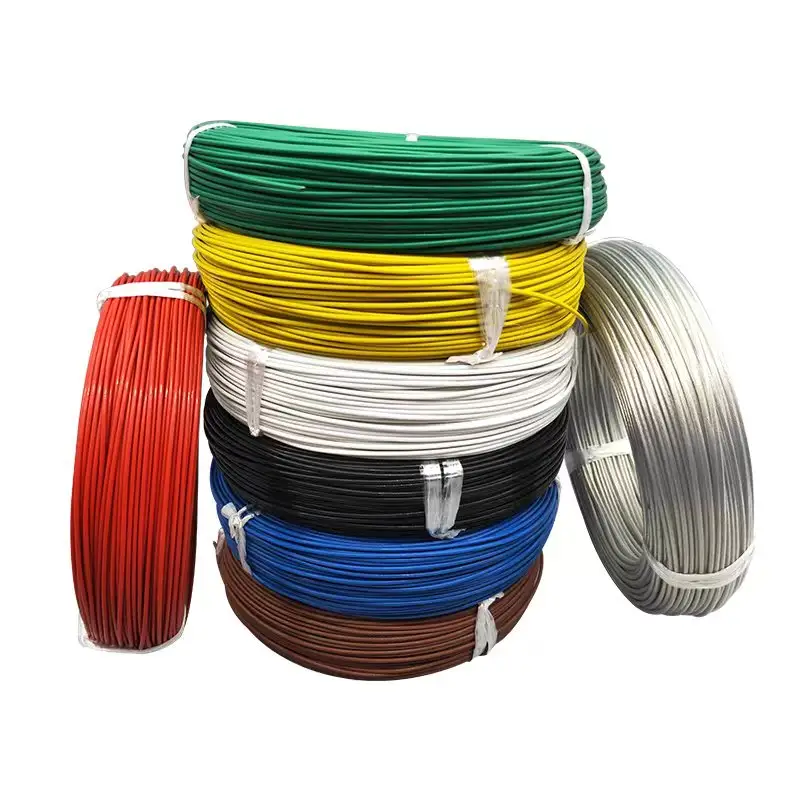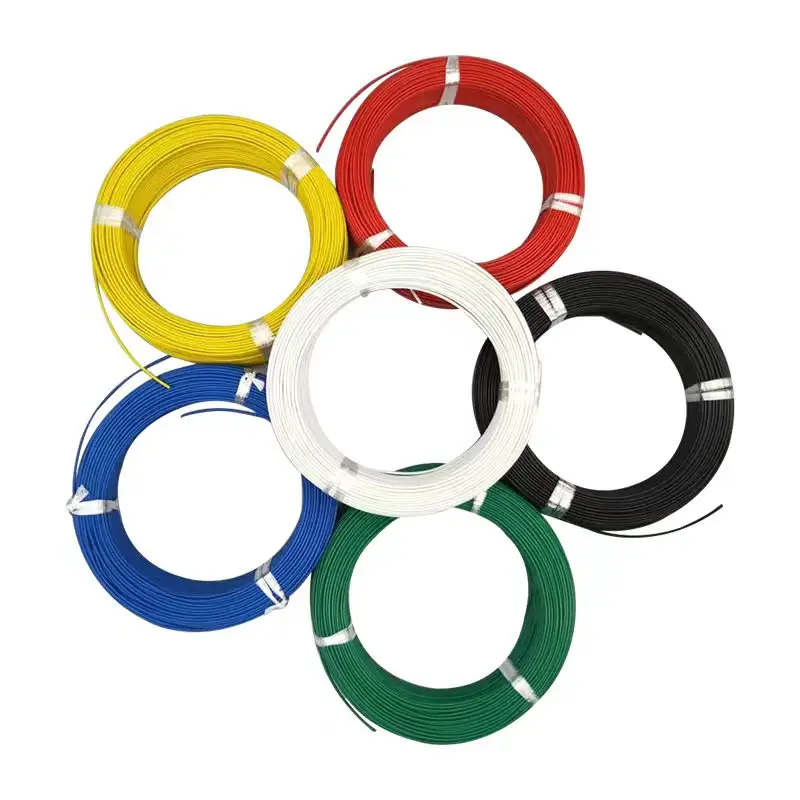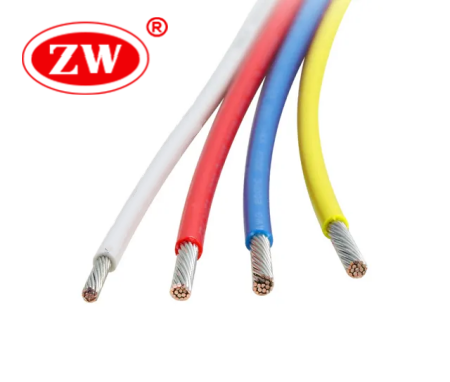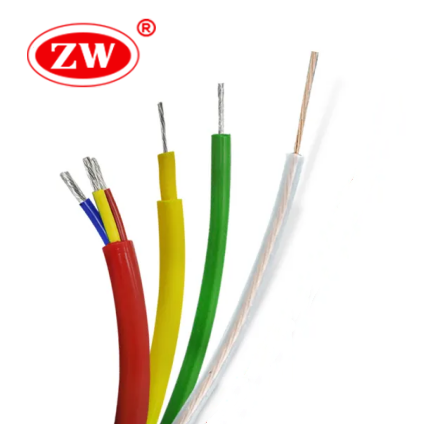

FEP Wire/ Fluorinated Ethylene Propylen
- According to UL758 Standard
- FEP Insulation
- Approved by UL ISO
- Place of Origin: Henan, China
- In Stock
- Number of Cores:1
- HS Code: 8544492900
- Packing: 100 Meters
- MOQ: 3050 Meters
- 300V 600V
FEP wire is a type of wire that is insulated or sheated with fluorinated ethylene propylene (FEP) material. FEP is a fluoropolymer with excellent electrical features. It is resistant to chemicals and can withstand a range of temperatures. FEP insulated wire is made in a similar manner to PVC, which means that FEP can be used for longer distances of wiring. Fep hook up wire is available in conductor types of roughly pure silver plated copper, nickel plated copper, bare copper, and tinned copper.
FEP thermocouple wire is a type of high temperature wire. that is commonly used in high-temperature locations such as steel mills, glass plants and boilers. Also, FEP cable can be used in some industrial high-temperature environments where abrasion and moisture resistant electrical wires are needed. FEP cable give these high temperature places a more stable current transmission work.
FEP Wire specification
Nominal temperature ratings: -80°C to 200°C
Fire resistance: Excellent
Chemical resistance: Excellent
UV resistance: Excellent
Durability: good
Flexibility: fair


